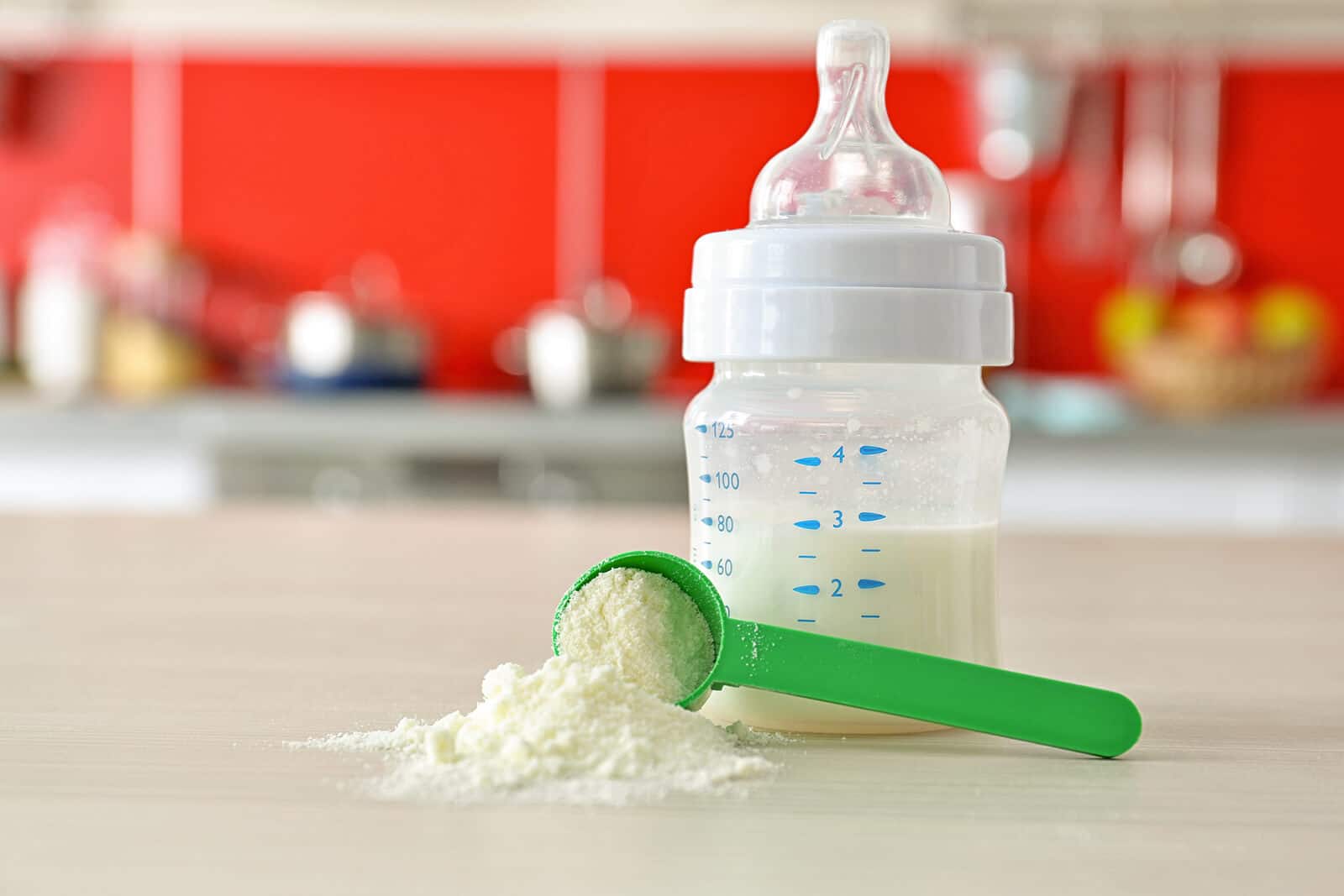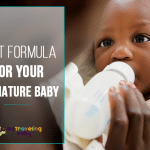
Are you a mother searching for the right formula feed for your child? If you are, you’re probably confused about which one of them to choose. There are many different types of baby formulas out there, and you’re probably feeling overwhelmed by the variety on offer.
Although it doesn’t come with the same health benefits found in breast milk, formula milk still provides a baby with the necessary nutrients for growth and development. Check out our detailed guide on different types of this manufactured food and find out which one of them is the right choice for your child.
First Infant Formula
Of all the types out there, FIF should be the first one you should give to your child. The cow’s milk present in formula contains two different types of proteins, and these are casein and whey. FIF is based on whey and is, therefore, easier to digest than many other types of this food.
Unless your general practitioner, health visitor, or midwife suggest otherwise, this type of formula is the only food your baby will need. The child can still stay on it even when you start introducing solid foods and can be used for the duration of the baby’s whole first year.
Comfort Formula
This type also contains proteins from cow’s milk, but in this case, they are partially hydrolyzed (partly broken down). The purpose behind this is to make the fluid easier to digest, as well as to prevent possible digestive issues such as constipation and colic. It is unsuitable for newborns that suffer from cow’s milk allergy.
Goat’s Milk Formula
When it comes to this type, one should be aware that there are many different kinds available in shops. However, they are all manufactured to the same nutritional standards that are valid for cow’s milk formulas.
As it is not less likely to cause allergies than formulas based on cow’s milk, this type should not be consumed by babies with an allergy to this kind of milk. This is due to the fact that the proteins present in both of these milk types are very similar.
Hungry Milk Formula
Suitable from birth, this variety includes more casein and whey, and casein is well-known for being the protein that the babies find harder to digest. Even though it is usually said to be an excellent choice for “hungrier infants,” there is actually no evidence that babies fed with it sleep longer or settle better.
Soy Formula
As the name suggests, this type is not made from any kind of milk – it is, instead, made from soya beans. It is occasionally used as an alternative option to the standard cow’s milk formula, especially with babies who are allergic to this kind of milk.
Using this type of food is somewhat controversial due to phytoestrogens, which are present in soya. They are similar to estrogen (female hormone) and can affect the baby’s development. Another concern is that it contains glucose, which can be harmful to babies’ teeth.
For that matter, this kind of infant food should only be used if it a health professional prescribed it.

Stay down (Anti-Reflux) Formula
Just like many other types of baby formulas, this one is also suitable right from birth, albeit under medical supervision. As it is thickened in order to prevent reflux in babies, it should be used only on the advice of health professionals, such as your general practitioner or midwife.
The instructions for making this type of food are somewhat different than for the standard formulas. Unlike the usual guidelines that recommend using boiled water, these instructions recommend using water of lower temperature to avoid lumpiness.
This is due to the fact that powdered formula is not sterile, which means that using lower temperatures to make it won’t really wipe out the harmful bacteria it could contain. In case you have any concerns, make sure to speak to your GP or health visitor.
Lactose-Free Formula
As the name suggests, this type is highly suitable for newborns that are lactose intolerant. In other words, it should be used with babies who are unable to absorb lactose (a form of sugar present in dairy products). Lactose intolerance is quite rare with babies, and its symptoms include abdominal pain, bloating, diarrhea, and wind.
Although it can be purchased over the counter, it should be used by parents who suspect that their baby could be lactose intolerant. Once again, make sure to consult with your health visitor or general practitioner to determine if it’s the right choice of food for your child.

Follow-on Formula
This type should never be fed to babies that are not at least half a year old. A couple of studies have shown that swapping to this type at six months of age brings no benefits. In other words, your child can continue using FIF as its primary food until it’s one year old.
The labels on this sort of food are quite similar to those found on FIF, so make sure to read them carefully in order to avoid making a mistake.
Hypoallergenic Formula
In case your baby is diagnosed with an allergy to milk and dairy products, a health professional will probably prescribe hypoallergenic formula. It contains proteins that are fully hydrolyzed (broken down).
Toddler Formula
This one is intended to be used with older infants and toddlers (9-24 months). It is marketed as the best alternative to whole cow’s milk for children of that age, although there’s no evidence that it provides any kind of extra nutrition.
Conclusion
Between breastfeeding and formula feeding, the breast milk is clearly the winner, but only a couple of experts will tell you which type of formula takes the second place. Different types work for different babies, so it all boils down to the needs and preferences of your own child.
Hopefully, this guide has helped you in understanding the different types of baby formulas and realizing which one of them is ideal for your baby.



